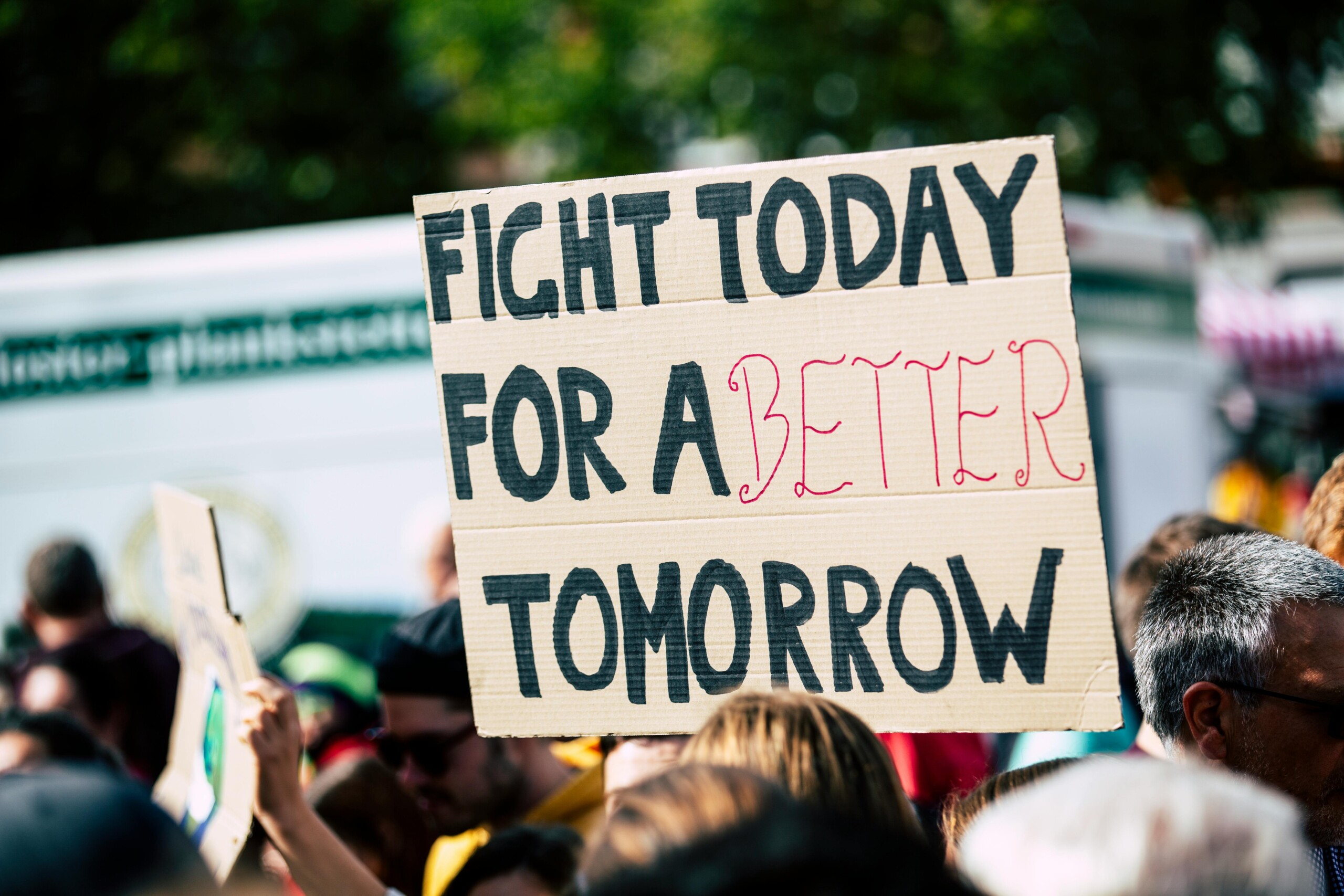Greenfluencers in Slovakia
In 2020, in little more than over a month, a group of six Slovaks accomplished the unthinkable that was even out of reach for the most esteemed environmental organizations. This group of so-called “greenfluencers” organized an online petition, “For the Climate” that collected more than 126,00 signatures which forced the Slovak parliament to discuss the climate emergency in their next sitting. With the biggest and fastest growing online petition in Slovak history, the greenfluencers tried to ask the Slovak government and parliamentarians to take clear steps to assess the climate crisis. Realizing the power of their own voices on Instagram, they started a climate change campaign which went viral in a very short time. These greenfluencers in Slovakia are an example of the new and successful way in which influencers on social media platforms can help promote and reinforce a social movement. However, one can wonder whether influencers truly have a positive effect on social movements (and therefore the world) and what the conditions are for these positive effects to happen. This will be compactly addressed using greenfluencers as the main example.
New: Influencer activism
Throughout the years, social media has proven to function as a mobilizing tool for social movements. Social media has the ability to realize common views, create a shared collective identity and increase activism among younger people1. Movements such as Black Lives Matter and Occupy Wall Street have gained huge support through social media online as well as offline. Recently, a relatively newer way of increasing mobilization is rising; influencers. These influencers have taken on a bigger role in the life of young people but evidently also in social movements. Influencers can be defined as individuals associated with internet fame, who posts on social media in exchange for compensation2. Brands can cooperate with influencers as they can provide beneficial outcomes.
Growing in numbers on social media are the green influencers also called ‘greenfluencers’, which is a subgroup of influencers who specifically post content related to sustainability and have occupied the green domain on social media3.
Their content can consist of advertising for sustainable brands, raising concerns about the climate crisis, or promoting environmental activism. Research has shown that these kinds of greenfluencers have positive effects on low-effort as well as high-effort environmental activism. This shows that as in the case of Slovakia, greenfluencers do indeed have potential to communicate sustainability issues in a way in which it positively influences young people’s environmental activism. Which, in its turn, means that influencers can broaden the scope and impact of social movements like the climate movement by increasing their mobilizing potential.
Image of the influencer

It does turn out that the positive effect on the environmental activism of young people depends on the image of the influencer. There seems to be a difference in the effect of the message between normal influencers who do not normally care about climate or sustainability and greenfluencers who do4. The content of greenfluencers can in fact promote credible eco-friendly behavior as their image matches the message. However, the message of the influencers who do not have a consistent content flow regarding sustainability or the climate, might have a less effective outcome as they can be considered hypocritical or fake.
Greenwashing image
In recent years ‘greenwashing’ is a rising problem on social media. The term is used for brands that seem as though they want to cash in on the trends of green advertising which is the promotion of environmentally friendly features5. As more and more brands have started to promote green products, consumers have been reluctant as they think the brands lack authenticity. As influences are often hired by brands they can be accused of greenwashing as well which can have a negative effect on the perceived sincerity of their message on the cause. This could mean that the message of these particular influencers can come across as less strong and have less influence on the mobilization for the climate change movement. This is also the case for greenfluencers, as often those with more followers are perceived as less trustworthy while less known greenfluencers are perceived as more genuine and therefore more reliable4.
Can influencers change the world?
Greenfluencers do have a positive effect on the environmental activism of young people and therefore play a significant role for the climate change movement. However, due to the overcrowding of influencers who claim to be pro sustainability or pro other causes, the authenticity of these influencers might be negatively impacted. Interestingly, social movements might be able to use these smaller influencers and their positive effect to their advantage. In this way, more people can still be mobilized for social movements in which a higher impact can be made. So influencers can, when done in the right way, have a positive impact on social movements and it could therefore be suggested that they change the world.
Referenties
[1] Tremayne, M. (2013, 16 september). Anatomy of Protest in the Digital Era: A Network Analysis of Twitter and Occupy Wall Street. Social Movement Studies, 13(1), 110–126. https://doi.org/10.1080/14742837.2013.830969
[2] Thomas, V. L. & Fowler, K. (2023, januari). Examining the outcomes of influencer activism. Journal of Business Research, 154, 113336. https://doi.org/10.1016/j.jbusres.2022.113336
[3] Knupfer, H., Neureiter, A. & Jörg Matthes. (2022, oktober). From social media diet to public riot? Engagement with “greenfluencers” and young social media users’ environmental activism. Computers in Human Behavior, 107527. https://doi.org/10.1016/j.chb.2022.107527
[4] Boerman, S. C., Meijers, M. H. C. & Zwart, W. (2022, 3 oktober). The Importance of Influencer-Message Congruence When Employing Greenfluencers to Promote Pro-Environmental Behavior. Environmental Communication, 1–22. https://doi.org/10.1080/17524032.2022.2115525
[5] Pittman, M. & Abell, A. (2021, november). More Trust in Fewer Followers: Diverging Effects of Popularity Metrics and Green Orientation Social Media Influencers. Journal of Interactive Marketing, 56, 70–82. https://doi.org/10.1016/j.intmar.2021.05.002







